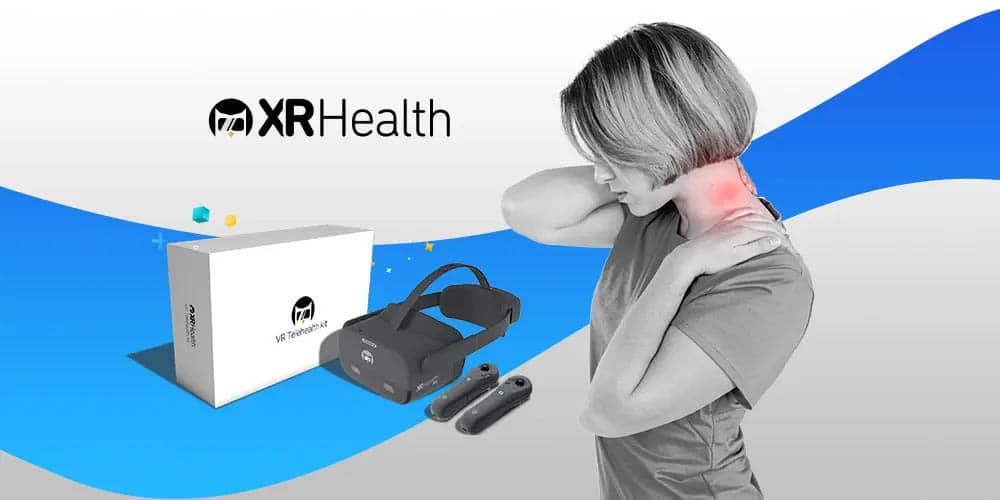Neck pain is one of the top 5 cases of chronic pain, with more than one third of people who have experienced acute neck pain still having symptoms one year later.3 Moreover, the trend is for neck pain to become an even more prevalent issue as technological advances are leading to greater strain on our posture. Neck pain and a ‘forward flexed posture’ can also result in a spinal deformity, known as hyperkyphosis, that greatly impacts the overall alignment of the cervical spine, or neck structure. It has been noted that up to a staggering 40% of older adults will develop hyperkyphosis1. Let’s take an important look into how we can prevent and address existing neck pain, through strengthening, stretching, neuro re-education, and mind-body techniques.
Strengthening Your Neck
Strengthening of your postural stabilizing muscles and the larger muscles that surround and protect the spinal structure is the first step. In fact, the most effective method of treating neck and back pain is exercise3. The ideal strength training program; a) takes into consideration your movements and general function throughout the day, and b) is fun and engaging enough to encourage consistency with the program.
Stretching Your Neck
Stretching might sound like an overused mantra, but for good reason. Stretching promotes improved muscle tone, increased elasticity of related tissues, and increases blood flow to the tissue as well. Regular stretching can limit, if not eliminate, tensile overload on these tissues and can also alleviate excessive stress on the spine. The frequency of and consistency of stretching is vital, so that these improvements in posture maintain over time. This is where a fun and engaging routine can prove a huge boon.
Neuro Re-Education
Neuro re-education is a powerful technique involving training your muscles, your brain, and the nerves that allow them to communicate. Ideally, this helps maintain proper curvature of your spine. Improper curvature can lead to instances of prolonged discomfort and chronic pain. Taking the neck as an example, even one inch of forward positioning of your head, can create pain not only in your cervical spine but can also cause your stabilizing muscles to work extremely hard. In many cases, simple postural training and neuro re-education can help.
Mind-Body Techniques
Breathing2, meditation, and mindfulness are showing real promise in helping patients deal with the challenges of acute and chronic pain. Incorporating these mind-body techniques into your day, you will notice that you have better ability to manage your symptoms, in addition to an improved sense of well-being. A reason for this is that, when meditating, you undergo a ‘full-body’ relaxation; in essence, connecting the mind and the body as one. Regular practice of these techniques allows for amazing non-invasive pain control, in a way that most people only associate with prescription drugs.
Is Your Neck Pain Treatable?
Although neck pain is becoming more and more common with modern technology, there is promise that with proper examination and a plan of care built on this foundation, managing and eliminating your neck pain is a reality.
- (From the American Physical Therapy Association) Physical Therapy Guide to Hyperkyphosis @ https://www.choosept.com/symptomsconditionsdetail/physical-therapy-guide-to-hyperkyphosis-humpback-in-adults#.Vnhai2QrI19
- (From the American Academy of Orthopedic Surgeons) Preventing Back Pain at Work and At Home @ https://orthoinfo.aaos.org/en/staying-healthy/preventing-back-pain-at-work-and-at-home/
- (From PubMed) Advances in the Diagnosis and Management of Neck Pain @ https://pubmed.ncbi.nlm.nih.gov/28807894/ Cohen SP, Hooten WM. Advances in the diagnosis and management of neck pain. BMJ. 2017;358:j3221. Published 2017 Aug 14. doi:10.1136/bmj.j3221



